Stories Category: Intensive Care

Are Two Shocks Better Than One?
Overall, the trial conducted by Cheskes et al contributes meaningfully to our understanding of the use of alternative defibrillation strategies for refractory ventricular fibrillation before widespread incorporation of double... read more
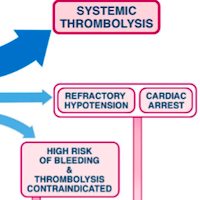
High-risk Pulmonary Embolism in the ICU
According to the European guidelines, high-risk pulmonary embolism (PE) is defined as PE associated with hemodynamic instability, including sustained hypotension, cardiogenic shock and/or cardiac arrest. High-risk PE... read more
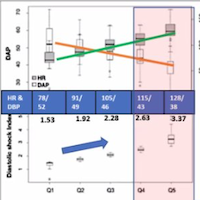
Diastolic Shock Index and Septic Shock Outcome
Early recognition and resuscitation of patients in septic shock are critical skills for an emergency medicine physician. Many clinical decision-making tools have been developed and validated in their use to identify and... read more

Emergency vs. Delayed Catheterization in Survivors of OHCA
In this randomized clinical trial, for patients who experience an out-of-hospital cardiac arrest (OHCA) without ST-segment elevation on ECG, a strategy of emergency CAG was not better than a strategy of delayed CAG with respect... read more

Inhaled Hydrogen Efficacy on Neurological Outcome Following Brain Ischemia During Post-cardiac Arrest Care
Inhaled molecular hydrogen gas (H2) has been shown to improve outcomes in animal models of cardiac arrest (CA). H2 inhalation is safe and feasible in patients after CA. We investigated whether inhaled H2 would improve outcomes... read more
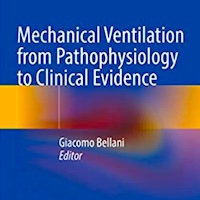
Mechanical Ventilation from Pathophysiology to Clinical Evidence
This new book aims to give a comprehensive overview of the current challenges and solution posed to the health care professionals who need to use mechanical ventilation to treat their patients. Mechanical ventilation is... read more

Positive or Negative Prognostic Factor for Epidural Hematoma?
To our best knowledge, a typical epidural hematoma (EDP) prognosis is good if it is discovered quickly and managed. Therefore the presence of EDH is considered a positive prognostic sign in the Rotterdam, Stockholm, and the... read more

AHRQ Errors Report was “Outright Unconscionable”
Headlines this winter screamed the bad news: Emergency physicians are literally killing people! "As many as 250,000 people die every year because they are misdiagnosed in the emergency room, with doctors failing to identify... read more
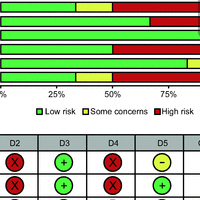
Postextubation Complications vs. Positive-Pressure Suctioning Techniques
Currently available studies that compared post-extubation complications in subjects managed with the positive-pressure and suctioning techniques were summarized. Further high-quality studies with a robust study design and... read more
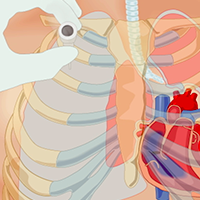
Tube Thoracostomy in Emergency Department
Using trauma video review we identified significant procedural variability in emergency department tube thoracostomy, mainly that hemodynamic abnormality led to lower proficiency scores and increased malpositioning. Efforts... read more
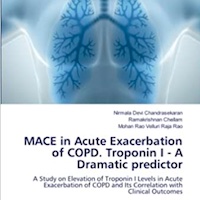
MACE in Acute Exacerbation of COPD – Troponin I – A Dramatic Predictor
The burden of COPD is rising due to continued exposure to risk factors that trigger lung inflammation and repeated secondary infections thereby contributing to the third leading cause of death globally. More COPD deaths... read more

Troponins for SVT Set the Stage for Patient Harm
Many laboratory tests are routinely ordered for reassurance. We almost always order a hemoglobin and pregnancy test when a patient has syncope, despite knowing the vast majority will be normal. These tests are accurate... read more
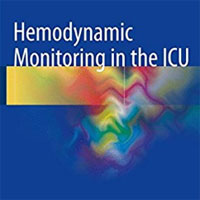
Hemodynamic Monitoring in the ICU
This book describes the pathophysiological significance of the hemodynamic monitoring parameters available to the clinician and their role in providing reliable and reproducible information on the cardiocirculatory status... read more

Emergency Department Crowding Impact on Lung Protective Ventilation
Obtaining definitive control of the airway, when indicated, is the responsibility of the emergency medicine physician. Traditionally patients were managed on the ventilator with lung volumes of 10 – 15 ml/kg. However,... read more








